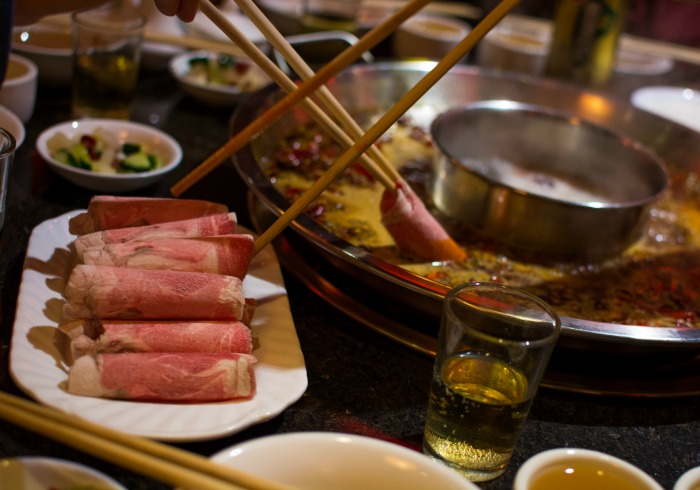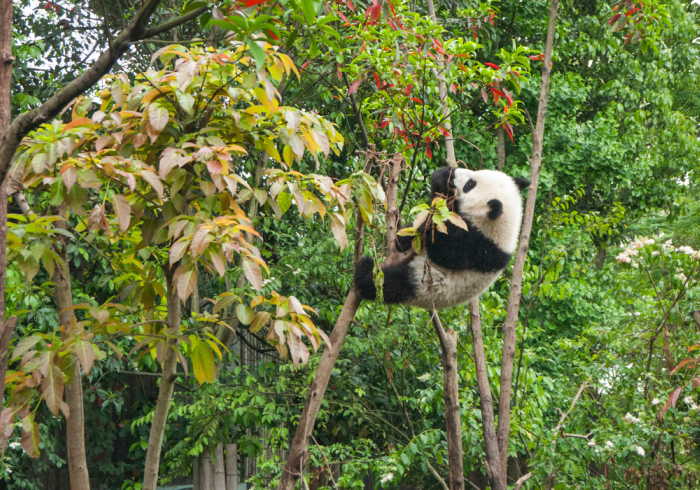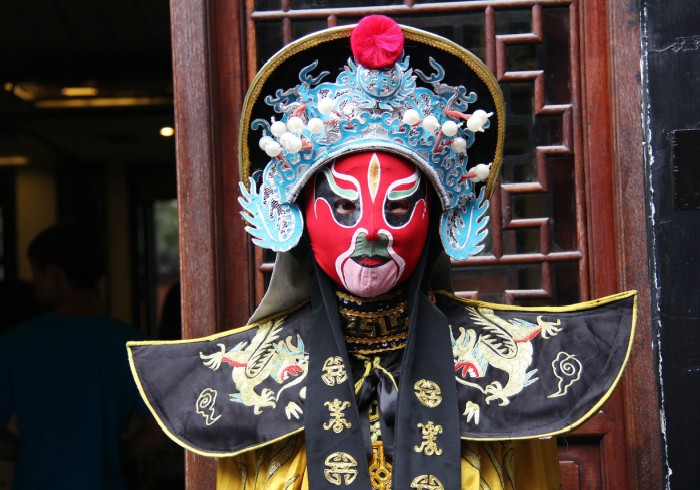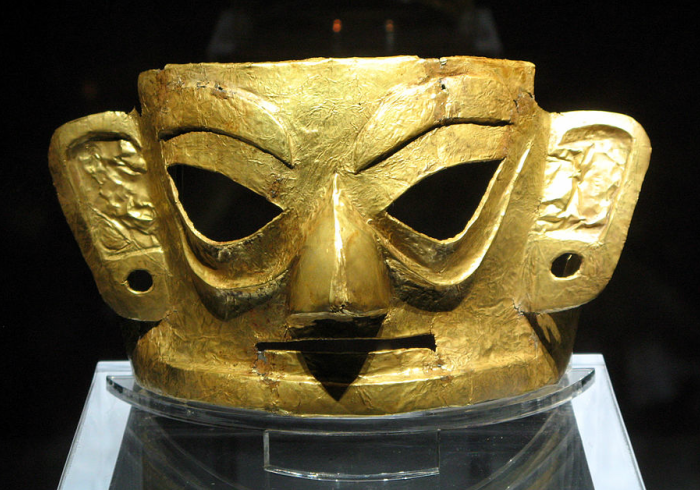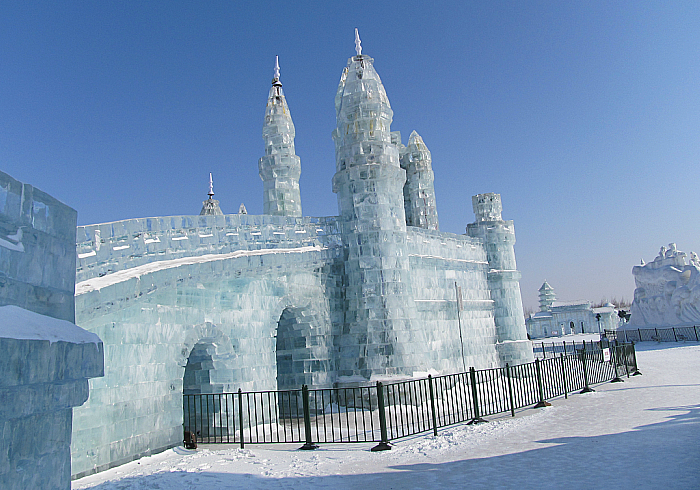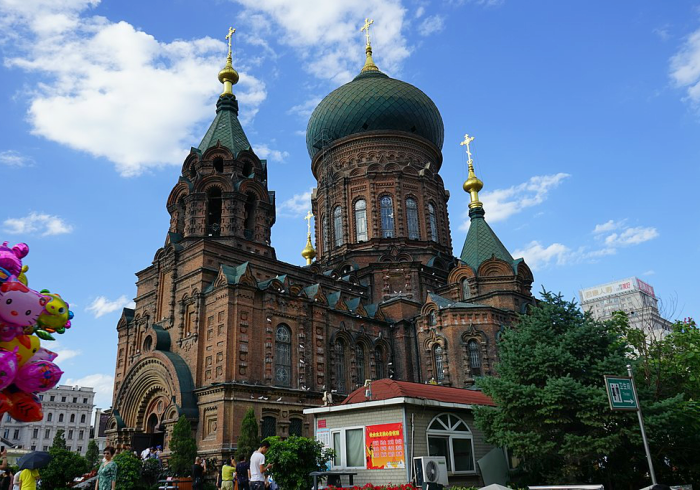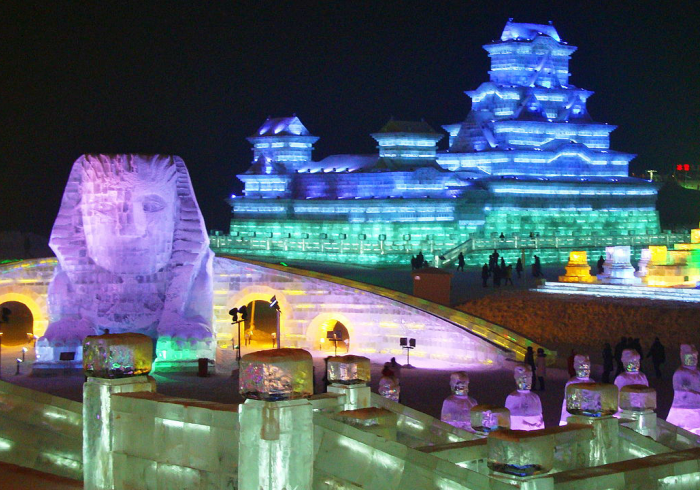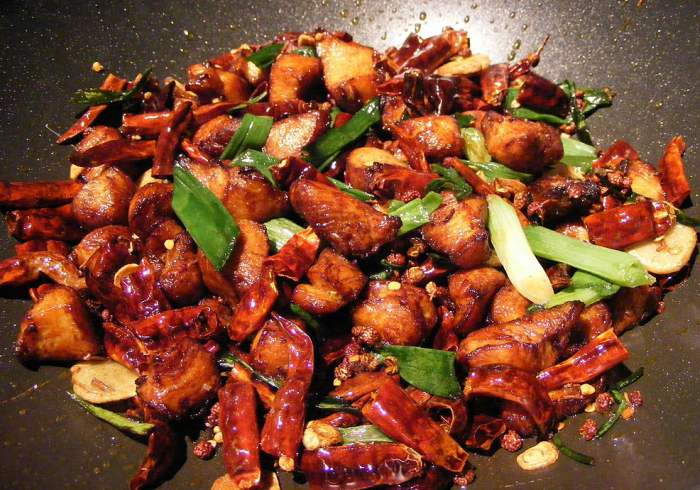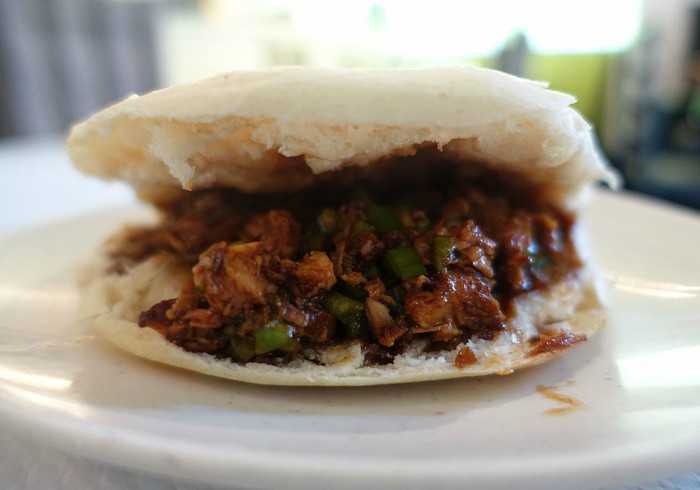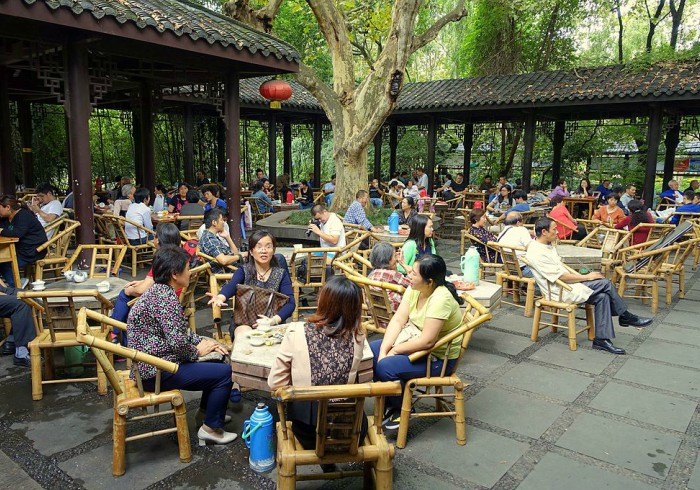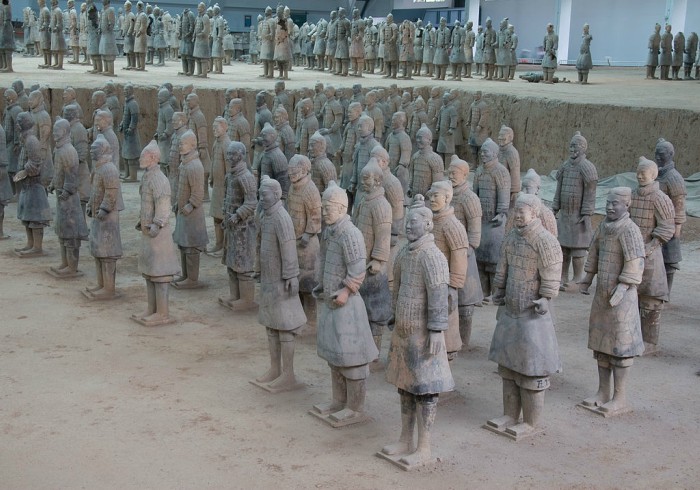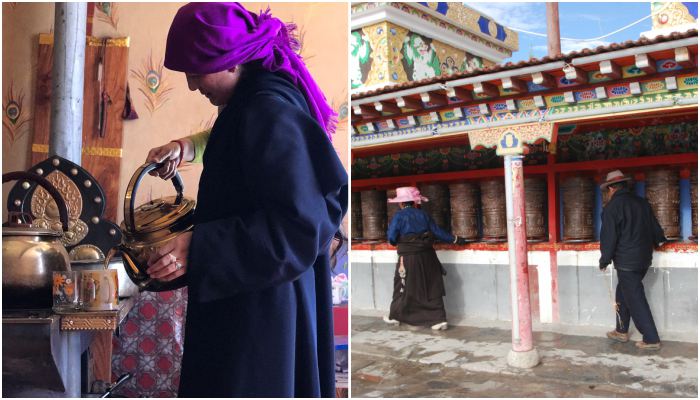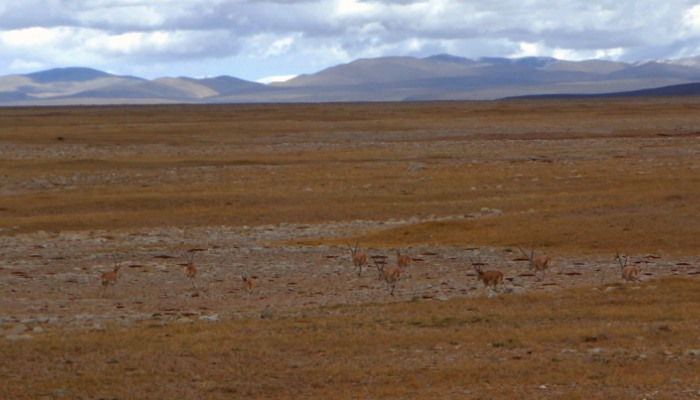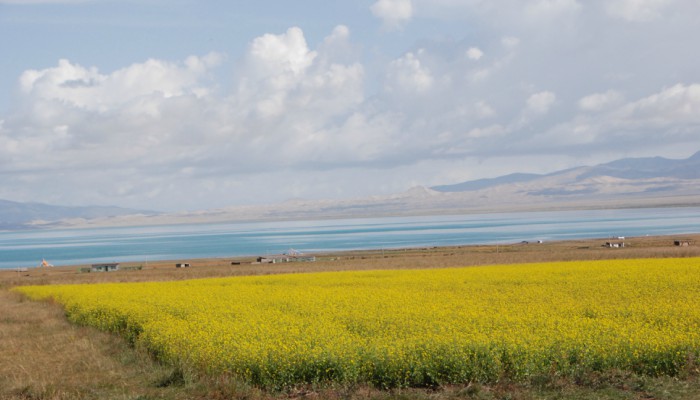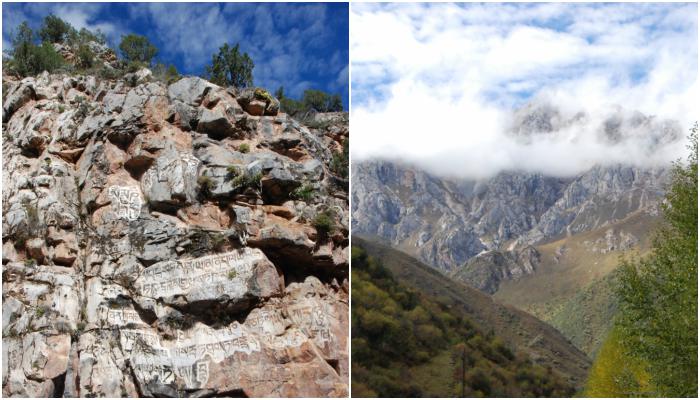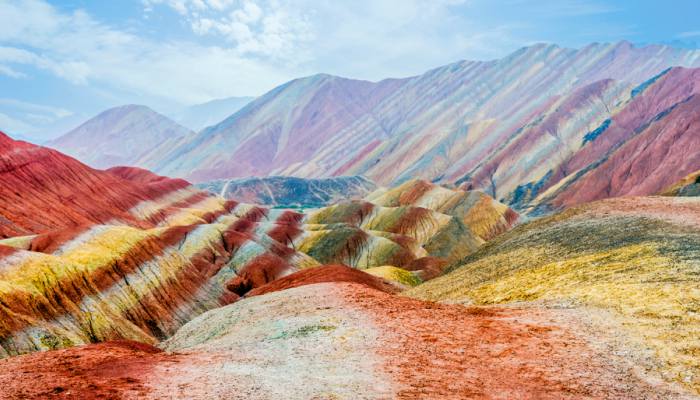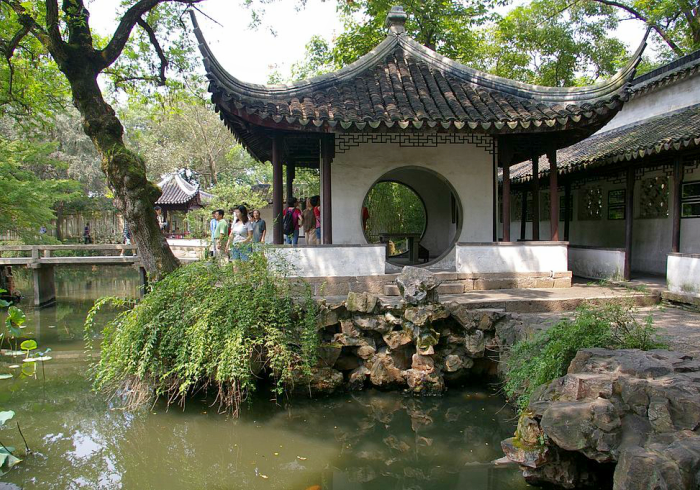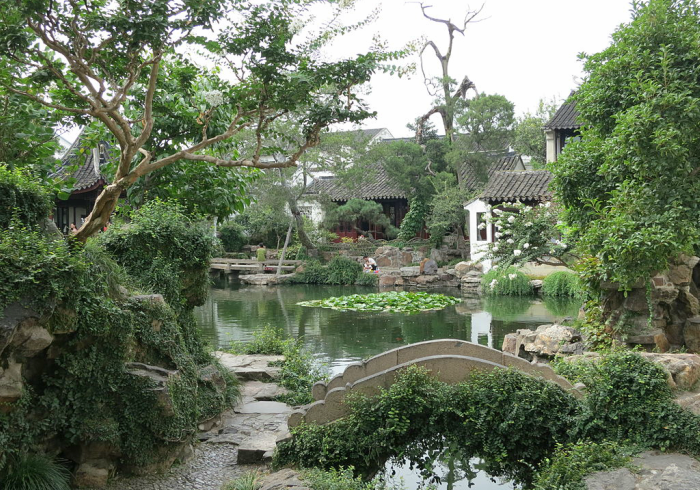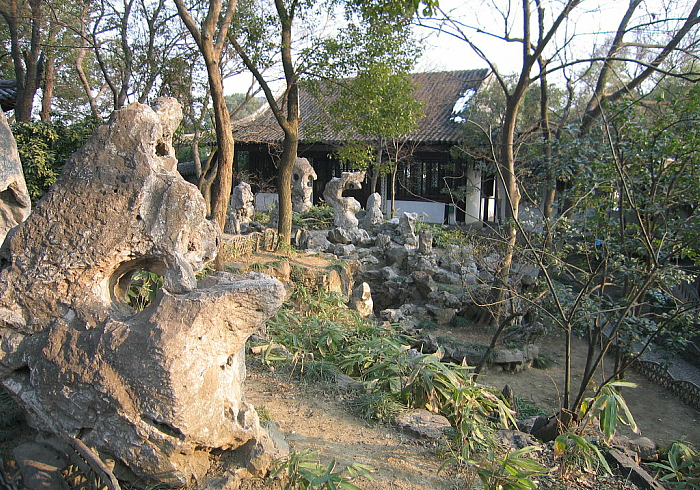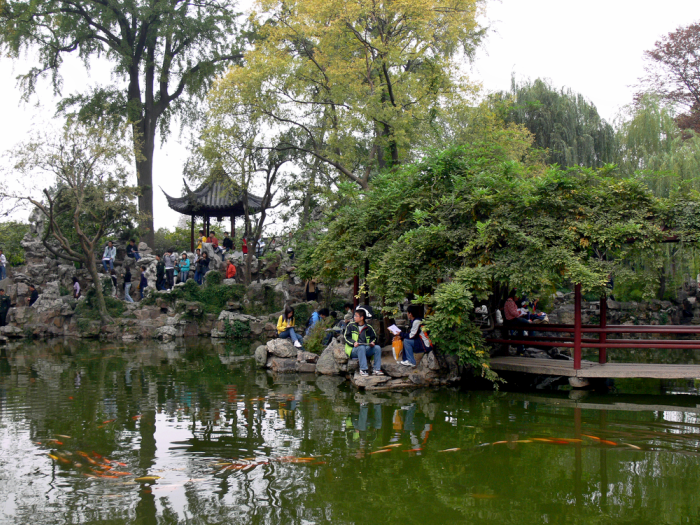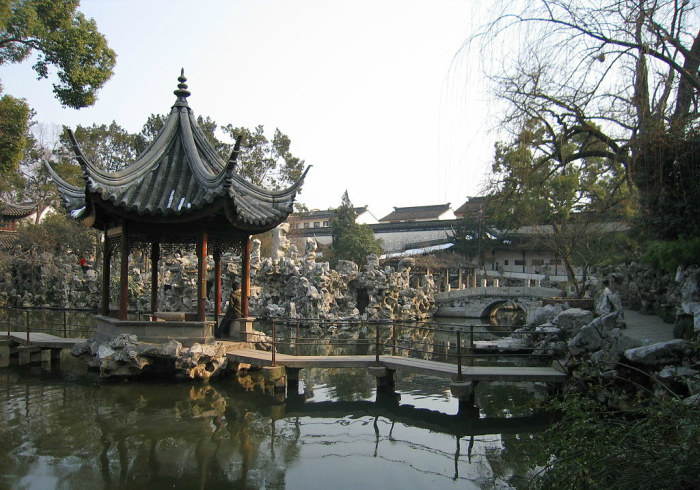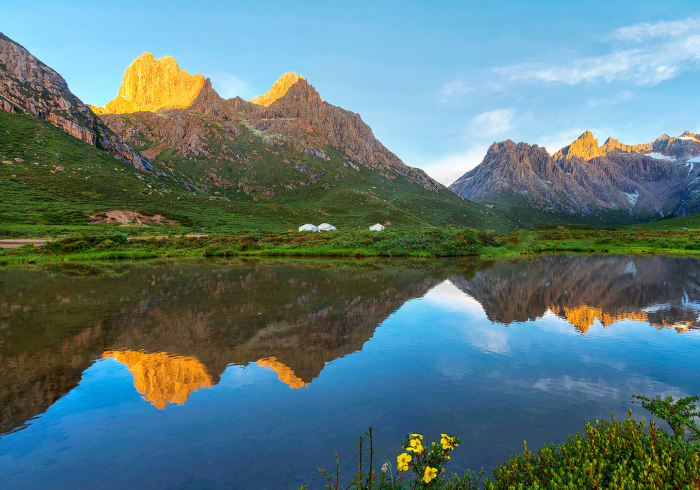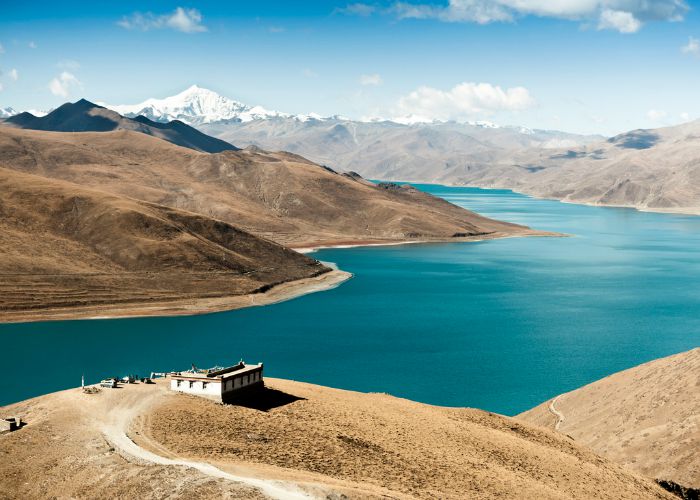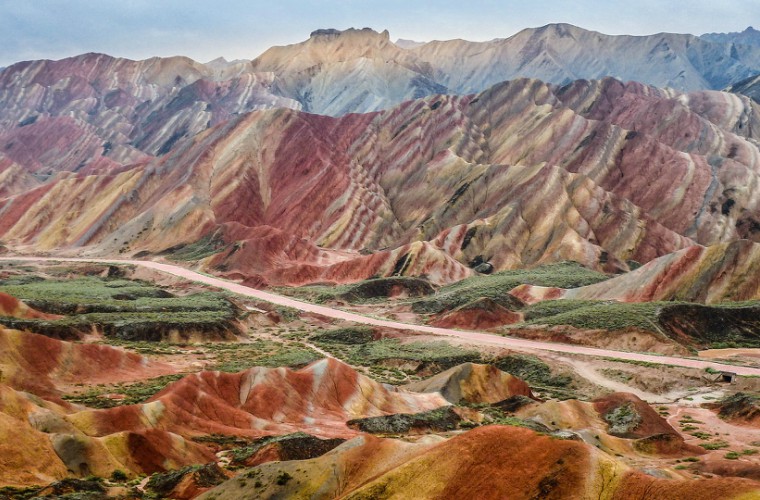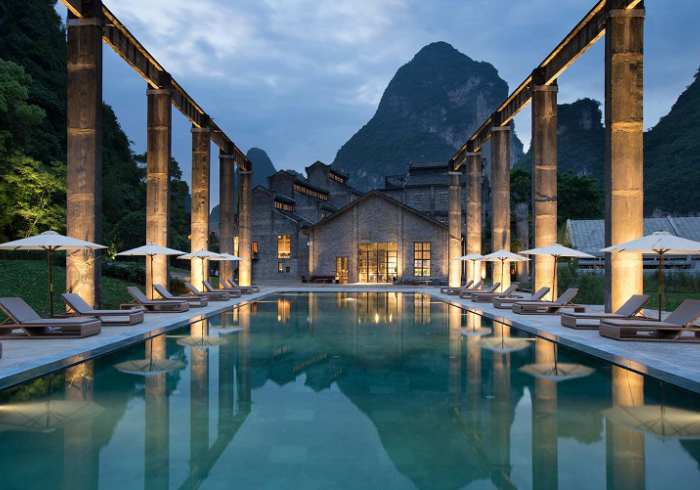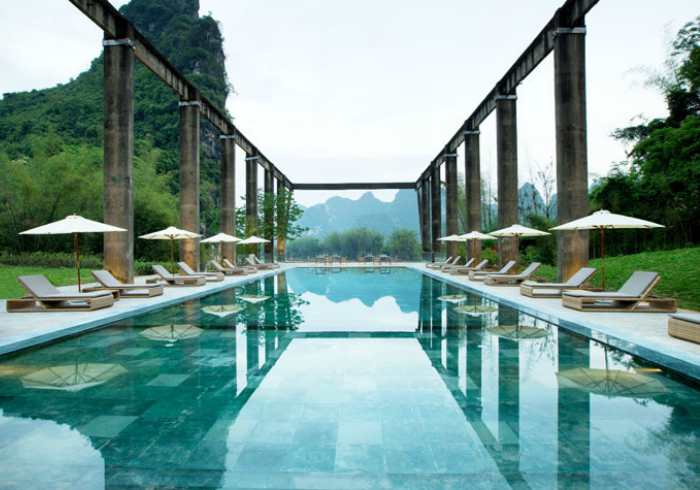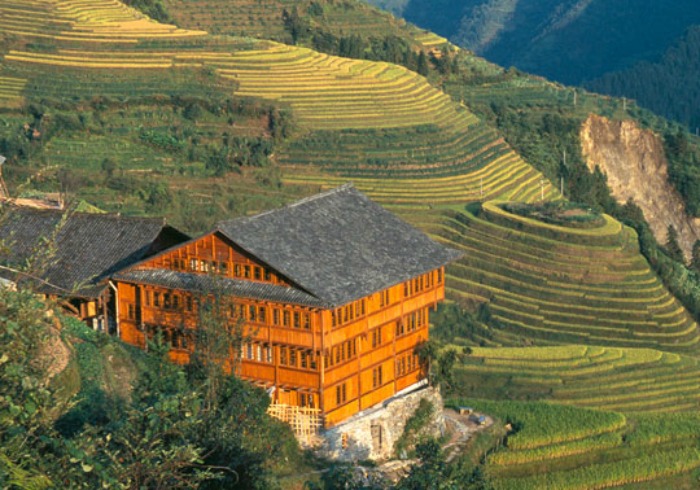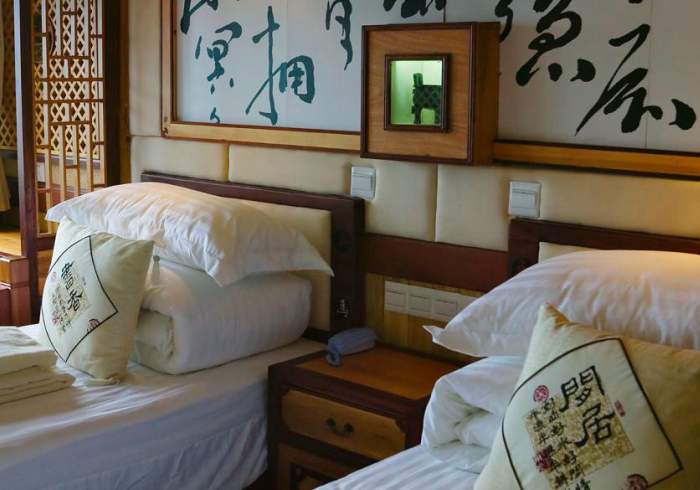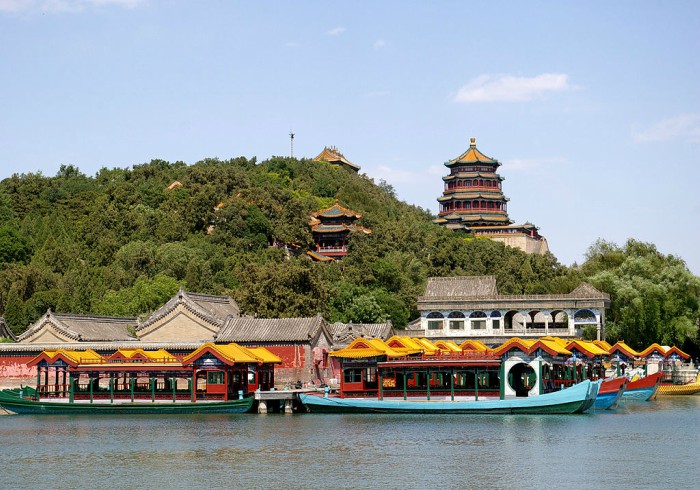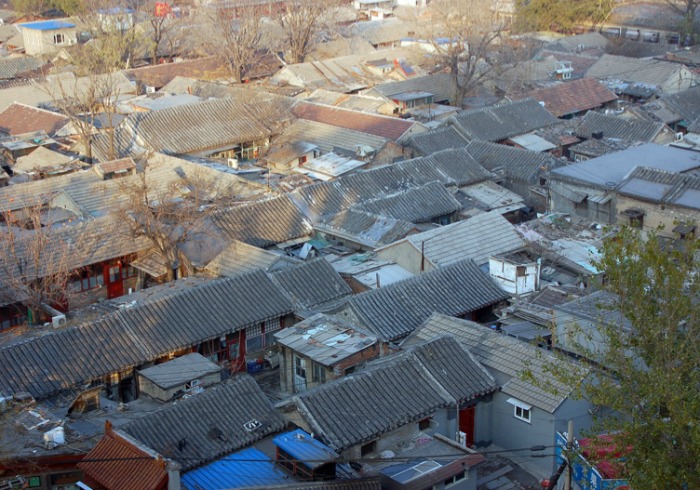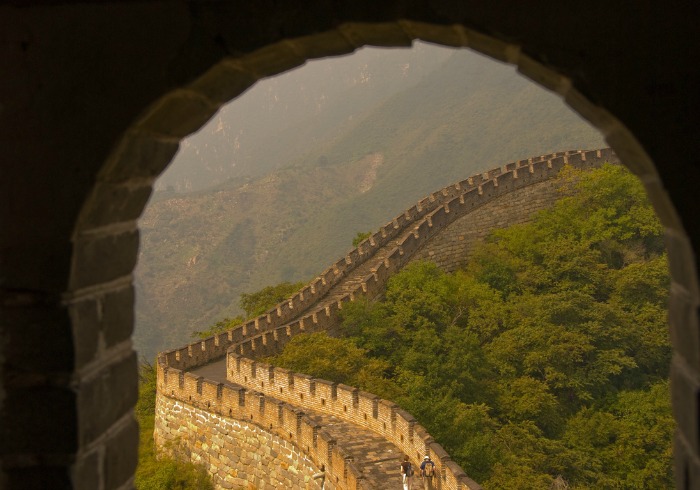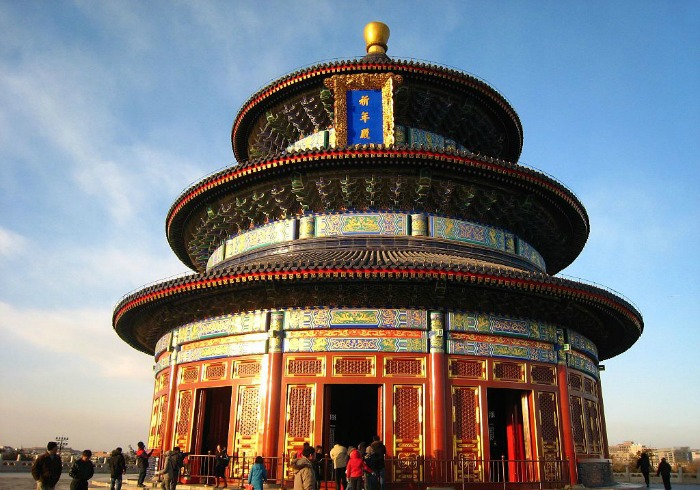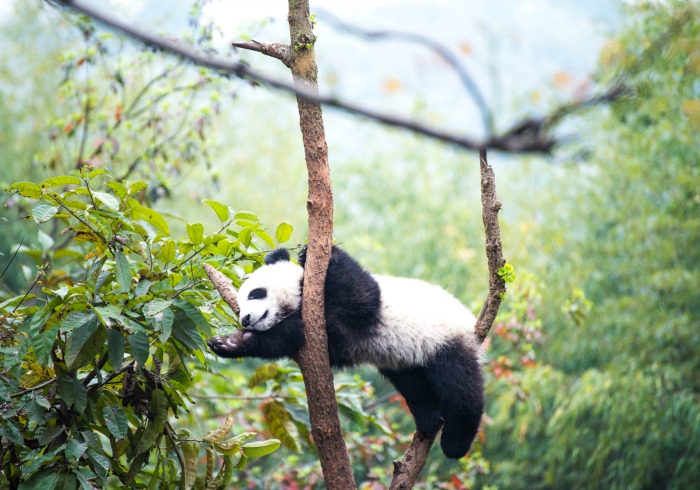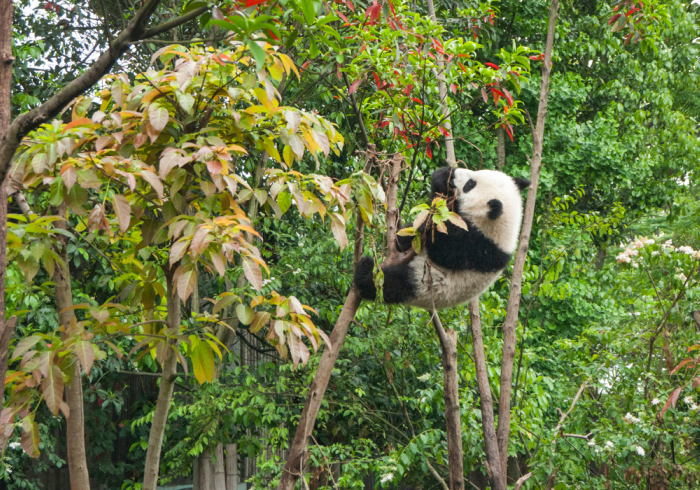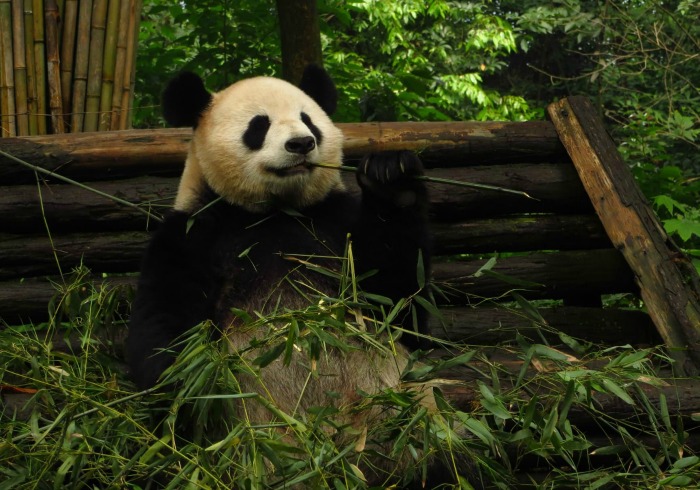First-time visitors to China may have only heard of first-tier cities such as Beijing and Shanghai. But fly a few hours south of the country’s capital and you’ll find a region of China very different to that you see on the news.
Two mountainous provinces in China’s southern region, Guizhou and Guangxi, are home to the vast share of China’s ethnic minority communities – and they have some stunning natural landscapes to boot. You may have heard of Guilin the provincial capital of Guangxi? But take it from us, it’s not in the region’s cities where you’ll find the most interesting sights.
Read on to see what Guizhou and Guangxi really have to offer.
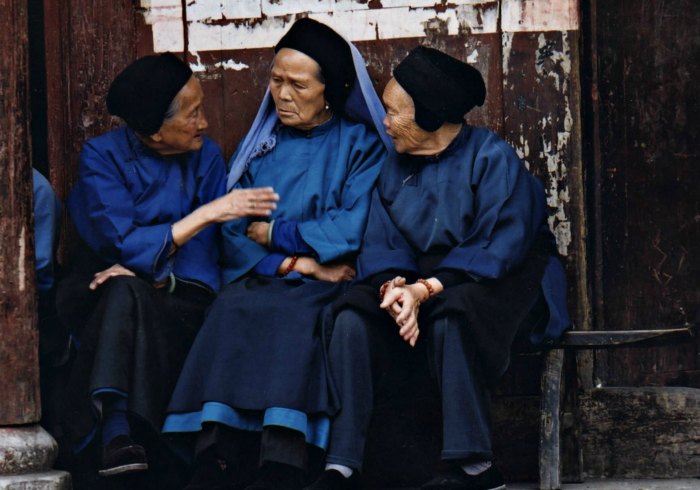
RELATED READING: Unexpected Natural Wonders of Guizhou
Guizhou
Guizhou may be one of the poorest provinces in China but it is remarkably rich in minority culture and natural beauty. There are 55 official ethnic minorities within China and many call Guizhou home. On a AsiaTravel tour of Guizhou, you’ll visit Miao , Buyei and Yi villages and learn about each minority group’s special clothing, customs, and language . You’ll also see varied cultural relics such as Ming Dynasty towers and become guest of honor at a Nuo opera performance.
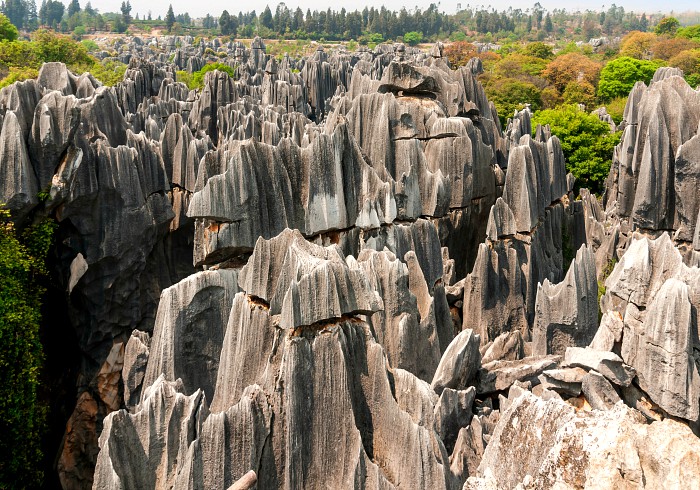
RELATED READING: Join the Celebration of Guizhou’s Minority Festivals
In addition to minority culture, Guizhou has a wide assortment of parks and natural reserves which are birdwatchers, hikers, and general nature enthusiasts’ dreams. Watch as eagles, storks, cranes, and macaques soar in their natural habitats and if you have time, hike to one of the largest waterfalls in China.
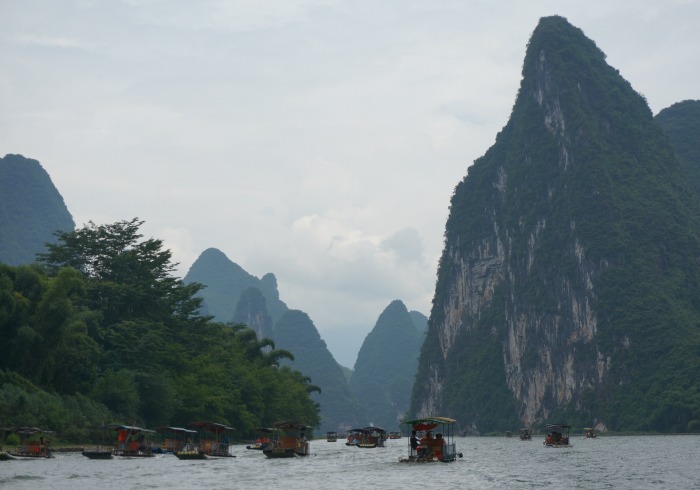
RELATED READING: Best Places in China to See the Dragon Boat Festival
Guangxi
Like Guizhou, Guangxi is home to a diverse array of ethnic minority cultures and surreal landscapes. In Guangxi, you’ll bear witness to the splendor of some of China’s most beautiful settings, from rustic lakeside farms to rice terraces and karst peaks.
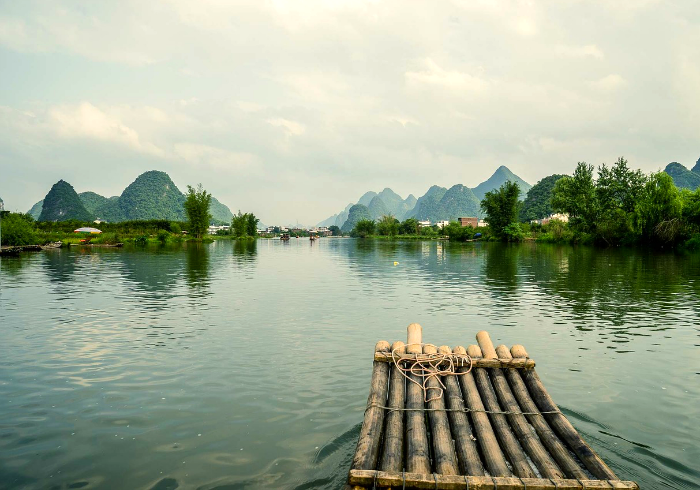
RELATED READING: Our Insider Advice on Guilin
The principal city in Guangxi, Guilin, means “Forest of Sweet Osmanthus,” and the surrounding karst topography is renowned all over China. It’s even commemorated on the 20 RMB bank note. If you enjoy hiking through picturesque scenery, then you’ll want to check this out.
We can organize special activities for adventure-addicts like a rock climbing expedition or rappelling. Or, if you’re up for a slower pace, you can take a stroll through remote pastures and rice paddies. You’ll follow little-known about footpaths and stop to cook and eat with a local farming family.
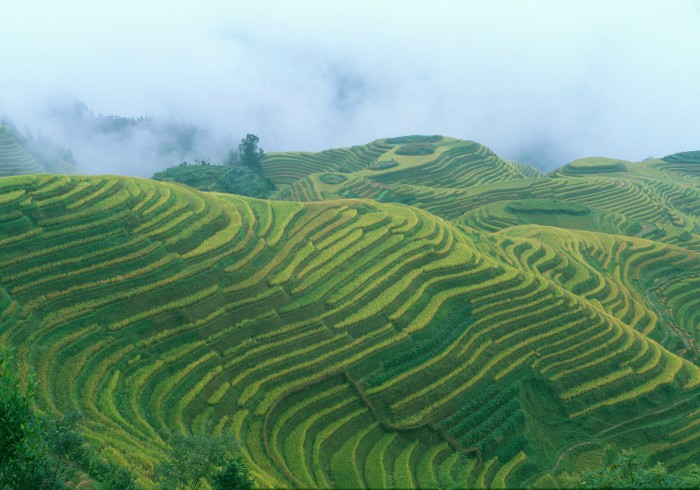
RELATED READING: 7 Things to Do in Guilin
For even more iconic scenery in Guangxi, look no further than the Longsheng Rice Terraces. These graduated fields are beauty without measure and we’ll arrange for you to be welcomed into a Zhuang Minority Village right in the heart of the terraces. With a history dating back over two millennia, the Zhuang people are famed for their frescoes painted throughout Guangxi Province, the most famous of which is 328 feet long and 131 feet wide. You can interact with the locals and ask them questions about the art of fresco-painting with the help of your AsiaTravel guide.
Read more about our Old Country Living or Hidden Guizhou journeys and see what else your fully customized journey to China’s southern provinces could hold.

